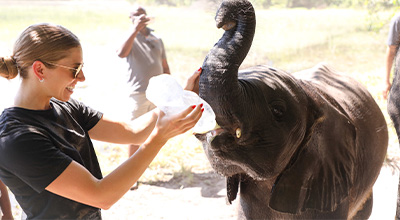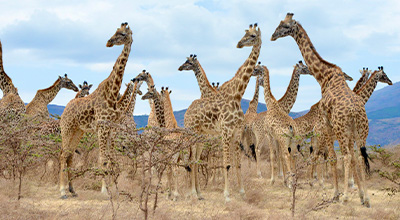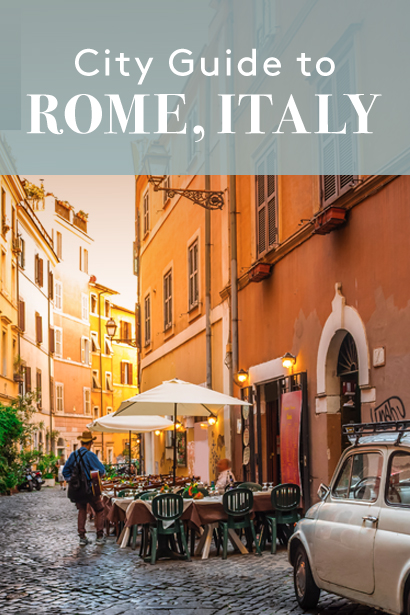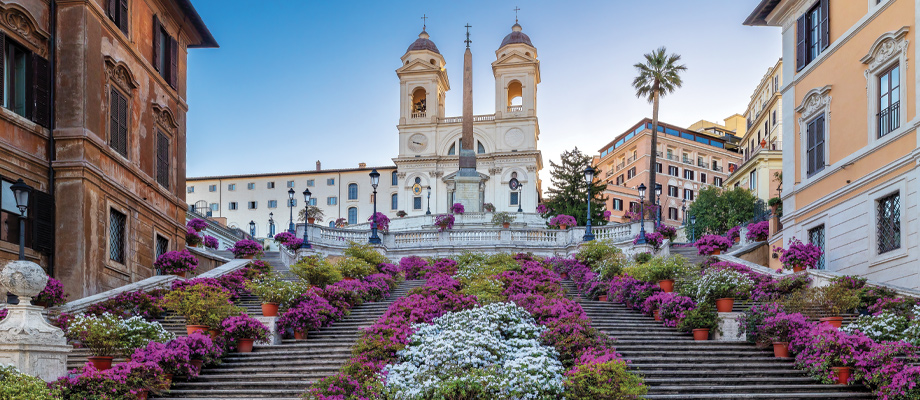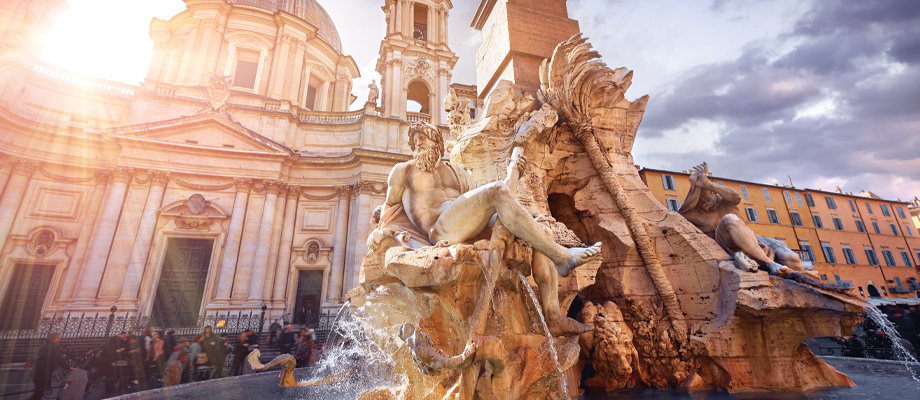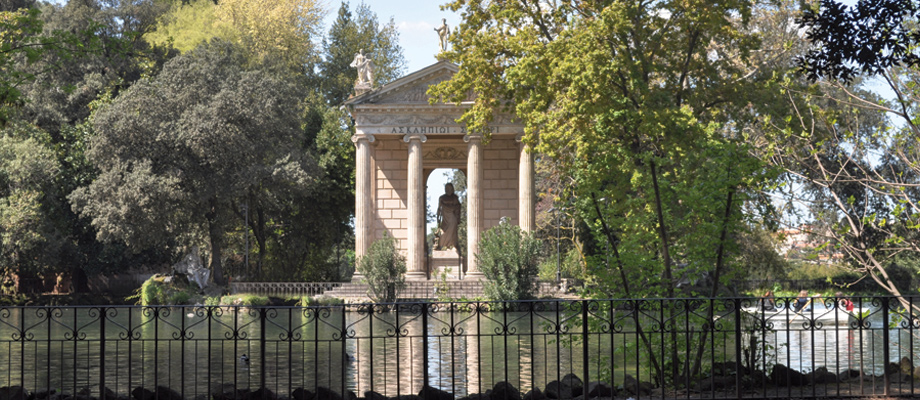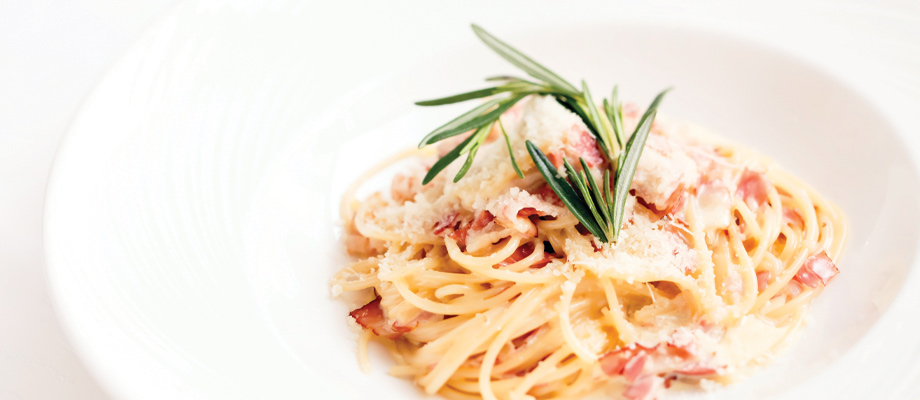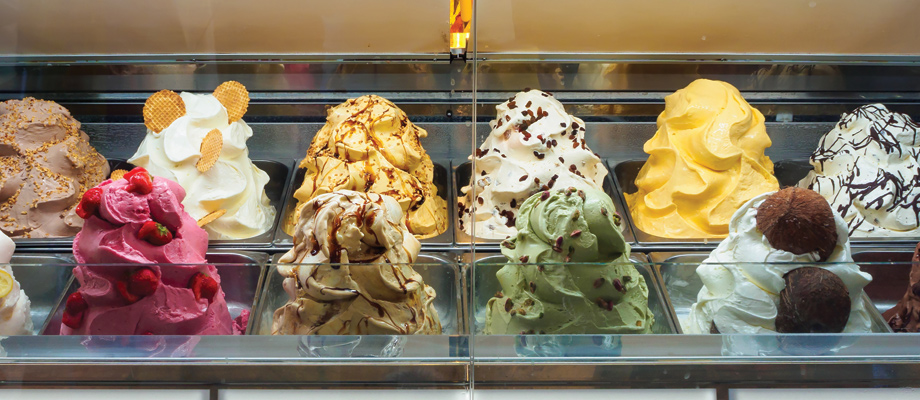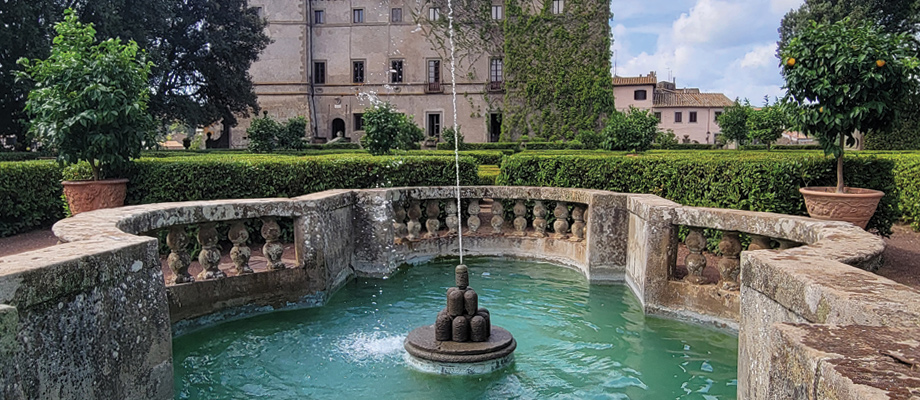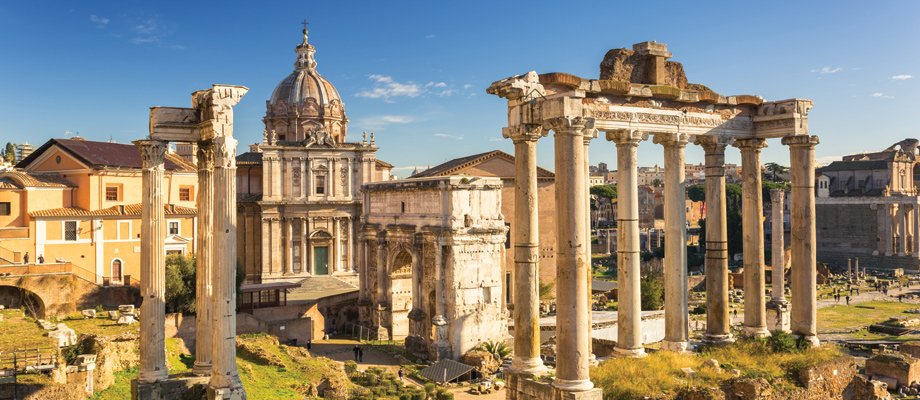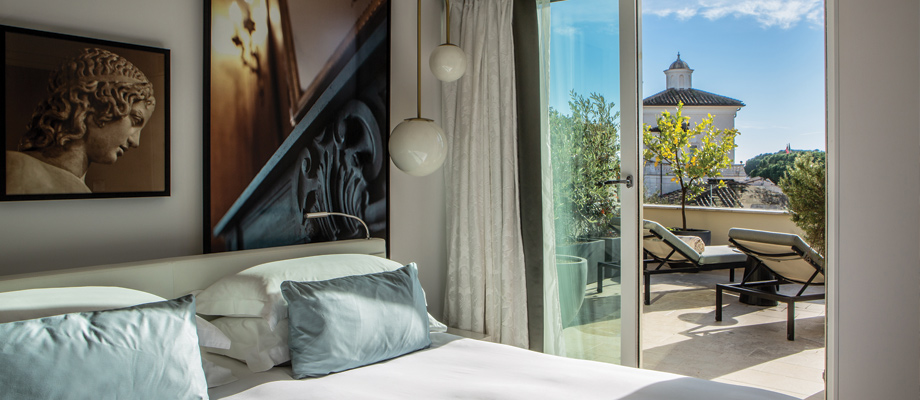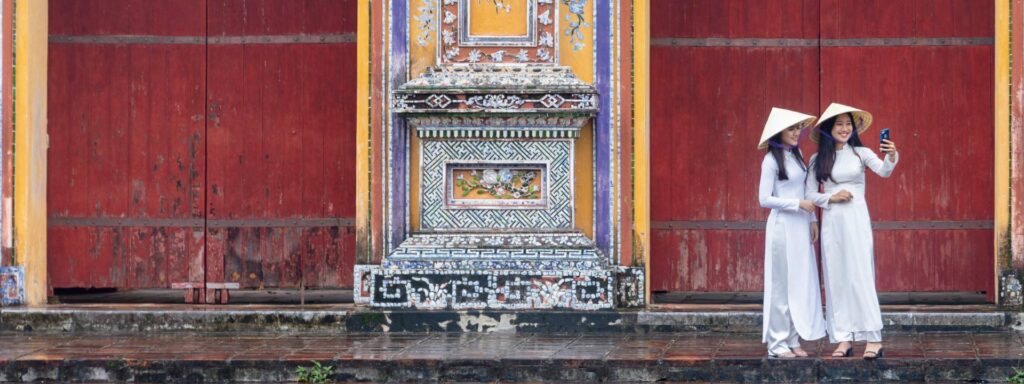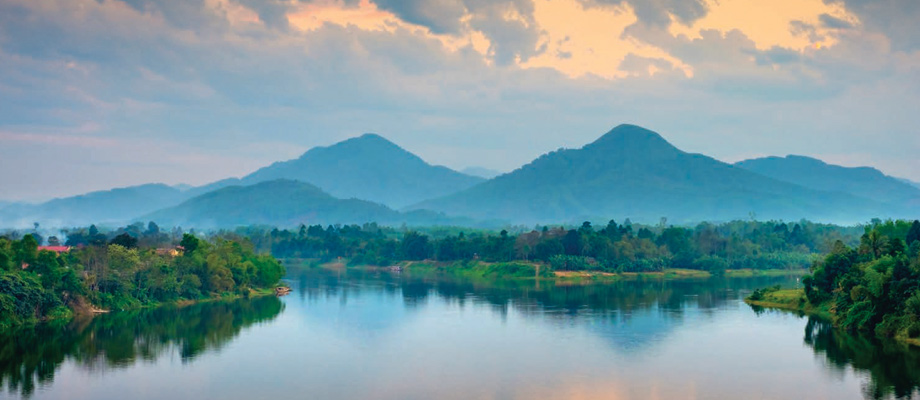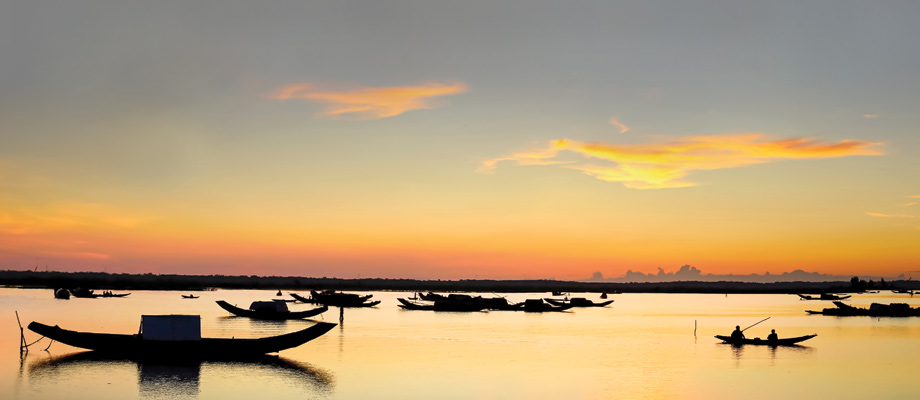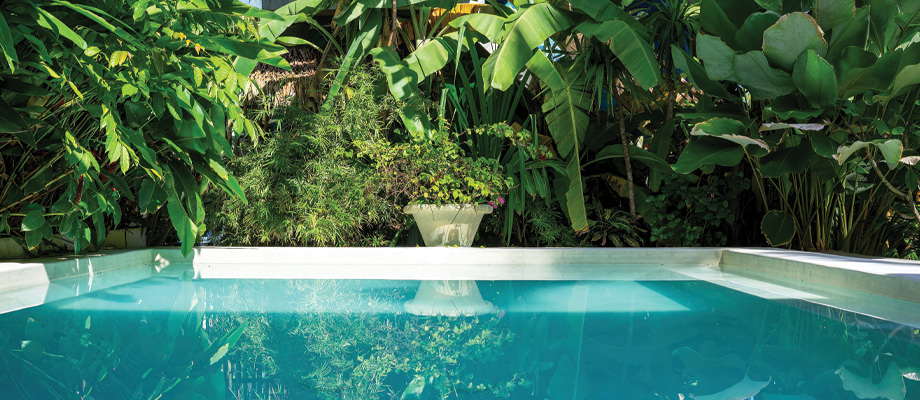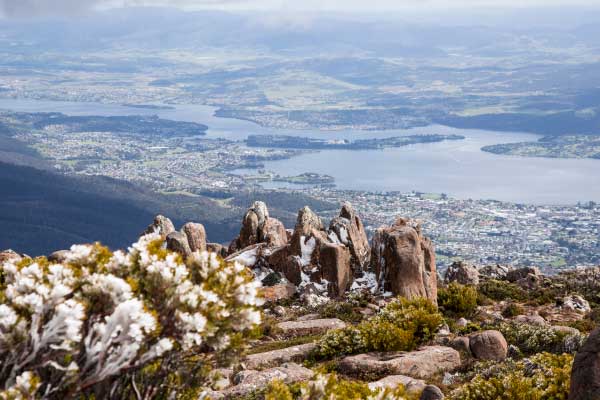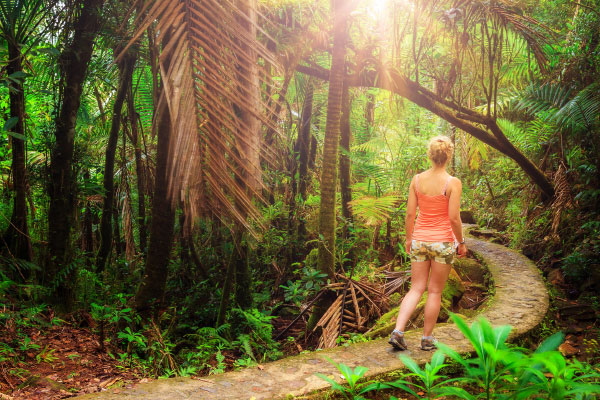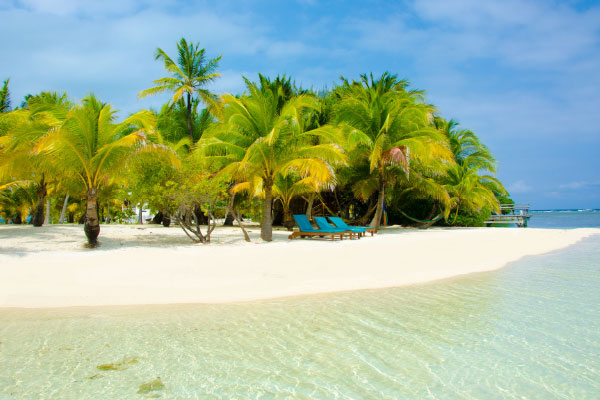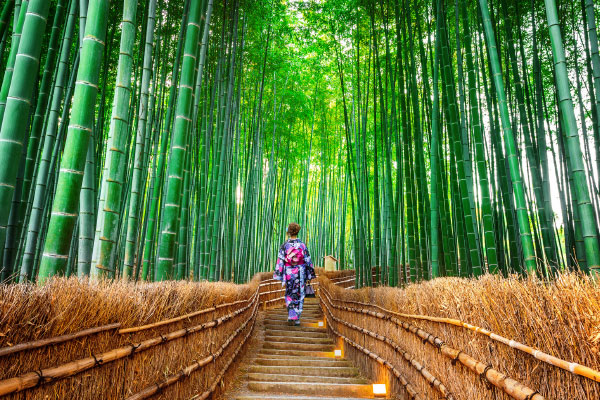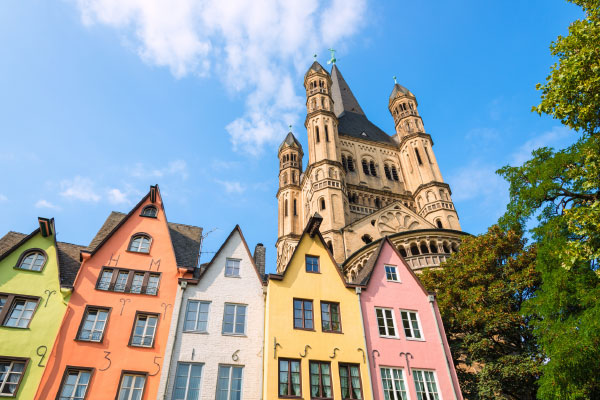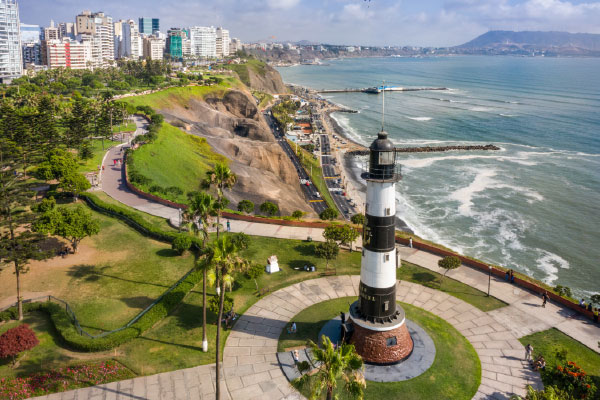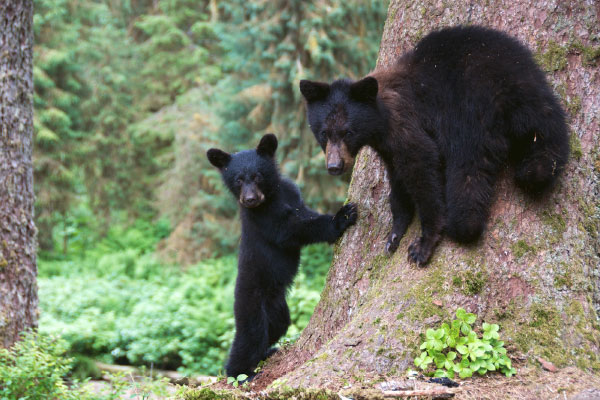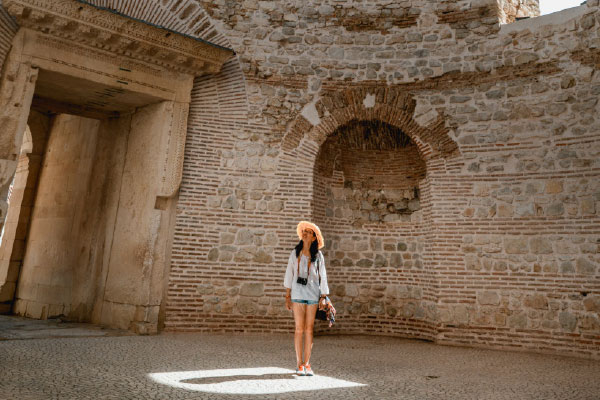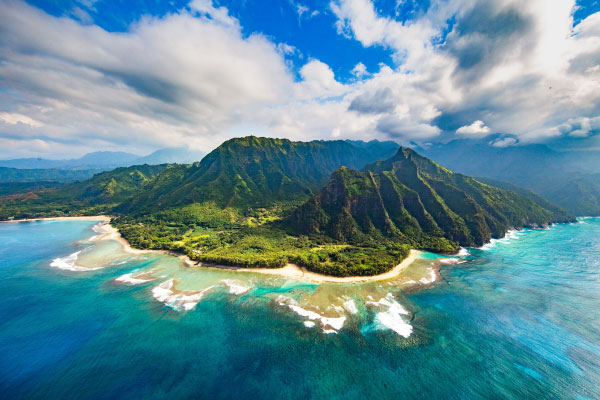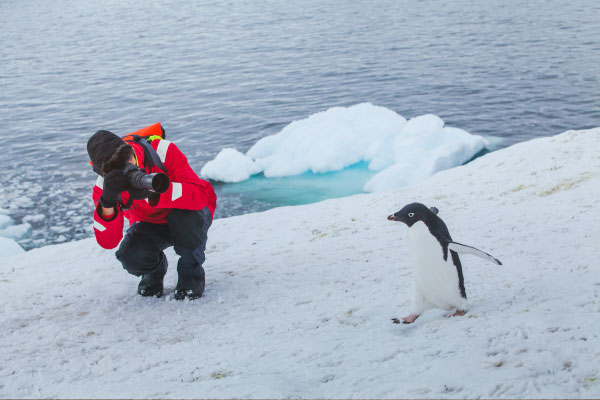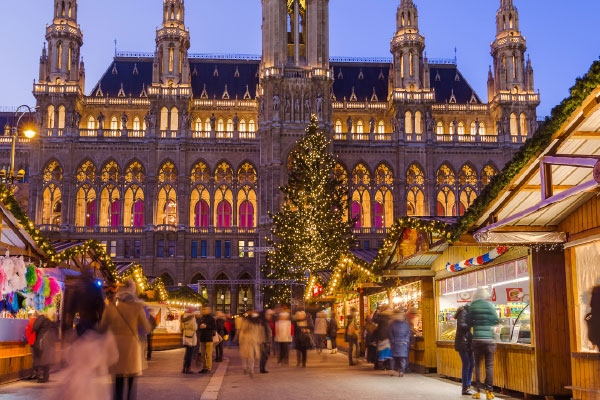Posted in Blog Post, Travel Destinations, on 5 June 2025, by vanessa, 0 Comments
THREE SAFARIS WORTHY OF YOUR WANDERLIST
Written by Dayna Engberg from www.travelleaders.com

Experiencing the wild wonders of Africa right is highly important. For a once-in-a-lifetime journey, it’s worth it to double-down to get the absolute most out of your vacation. With a luxury safari, everything will be included: airport pickup, handpicked luxury accommodations, and authentic local cuisine.
Sunrise on the African plain is a symphony for the senses. Approaching dawn signals a constant hum of chirping birds and awakening wildlife. As the sun crowns above the horizon, the sky is bathed in fiery golden hues, creating dramatic silhouettes of everything in its path—sprawling acacia trees, the dusty trail behind a pack of wandering wildebeest, a lone giraffe strolling across the plain. Early mornings provide some of the most fruitful game drives on an African safari—a time when elephants can be seen congregating at the watering hole or big cats can be seen enjoying the harvest of their evening hunts. In the day’s opening hours, the air warms by the minute as the rising sun casts a heat mirage across the horizon. It comes as no surprise that this is one of the most sought-after vacation experiences for even the most accomplished world travelers. The landscapes, the wildlife, and the cultures encountered on an African safari are equaled by no other destination on earth.
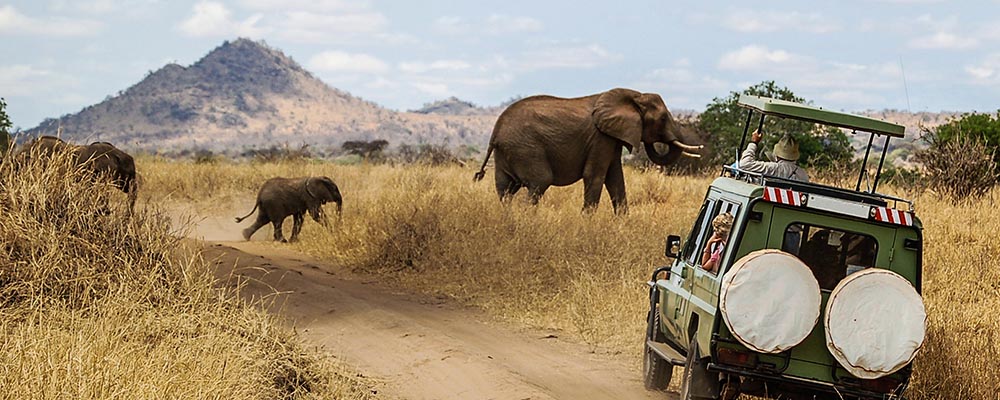
A family of elephants ambles past a safari
On a luxury-focused safari, everything will be included: airport pickup, handpicked luxury accommodations, and authentic local cuisine. You won’t have to worry about paying park fees (which add up quickly) or being crammed in a bus with a dozen other people. Instead, you’ll enjoy a private 4×4 Land Cruiser with a pop-up roof all to yourself, the only other people onboard being a professional naturalist and an expert driver skilled in getting you closest to the wildlife. With a luxury safari, leave your wallet in the room safe until check-out and unwind knowing that all of the planning is already taken care of. The only thing you’ll have to choose is where to go. Need inspiration? Read on for three once-in-a-lifetime safari experiences worth splurging for.
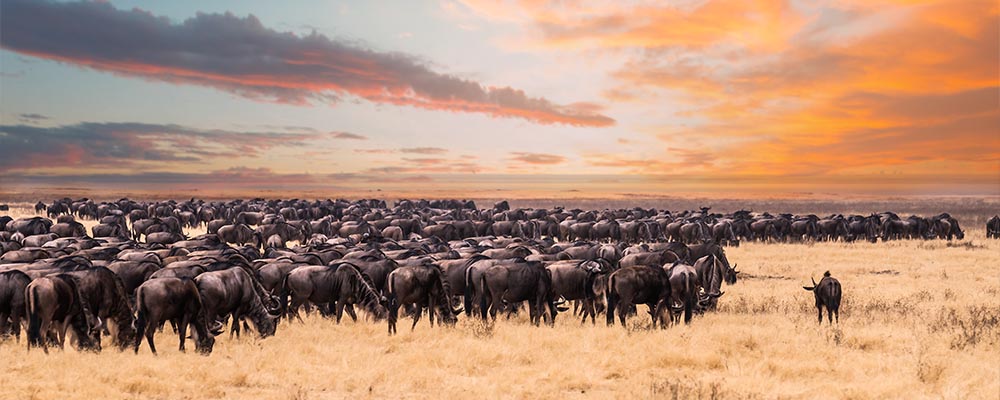
The great wildebeest migration is one of the greatest natural sights on earth
THE GREAT WILDEBEEST MIGRATION
From the Serengeti Plains to the Ngorongoro Crater, East Africa is the classic postcard image of the African continent. With vast grasslands backed by the majestic purple Mount Kilimanjaro peaking above the clouds, these landscapes are the darling of Hollywood for good reason. This is the setting of an annual event that should top the bucket list of every animal lover, wildlife photographer and safari enthusiast, without question. Between July and October, over two million wildebeest, zebra and antelope make their famed annual pilgrimage: The Great Migration. Hear the thundering hoofs of thousands of animals moving en masse from the Serengeti plains of Tanzania, across the mighty Mara River, and North into the Maasai Mara of Kenya— a phenomenal spectacle unparalleled anywhere on earth.
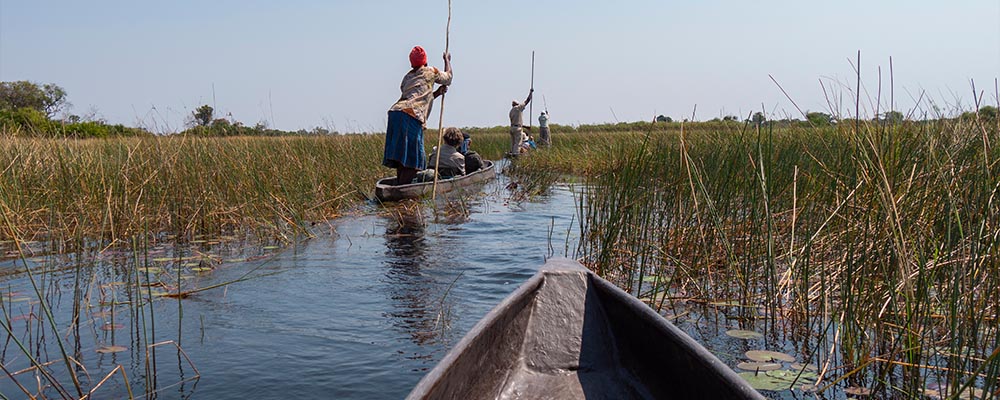
THE ANNUAL FLOOD OF THE OKAVANGO RIVER DELTA
Just as impressive as Eastern Africa are the diverse landscapes in the Southern part of the continent. See monstrous hippos splashing in the waters of the mighty Zambezi River. Take a helicopter over the roaring Victoria Falls between Zambia and Zimbabwe. Explore Namibia, where butterscotch dunes plunge and rise like an earthen ocean. Or for a truly extraordinary experience, head to Botswana.
Meandering from the lush Angolan highlands to the arid Kalahari Desert, The Okavango Delta is Botswana’s stunning watery playground and the largest inland delta in the world. Between June and August, the Delta swells three-fold, exploding with verdant vegetation and attracting one of the largest concentrations of wildlife in Africa. The landscapes provide various ways to explore, from floating through the wetlands aboard a traditional mokoro dugout canoe, gliding overhead in a hot air balloon, or taking a land-based game drive as thunderstorms rumble in the distance.

Our next two days were spent at the Sanctuary Swala, located in a secluded area of Tarangire National Park, where we continued to view elephants and birds in flight. A quick flight off-shore brought us to Zanzibar, which dazzled our senses with the Arabic influences and empty miles of pristine white-sand beaches. Here we stayed at the Xanadu Villas, an hour drive from exotic Stonetown. My takeaways: 1. Don’t overthink traveling abroad! The economic impact that even one group of tourists can bring to an area is significant for families around the world who are in dire need. 2. Now is the perfect time to travel with cleaner-than-ever planes and accommodations. 3. Getting outside of our bubble helps restore our vision of humanity and why tourism matters!


